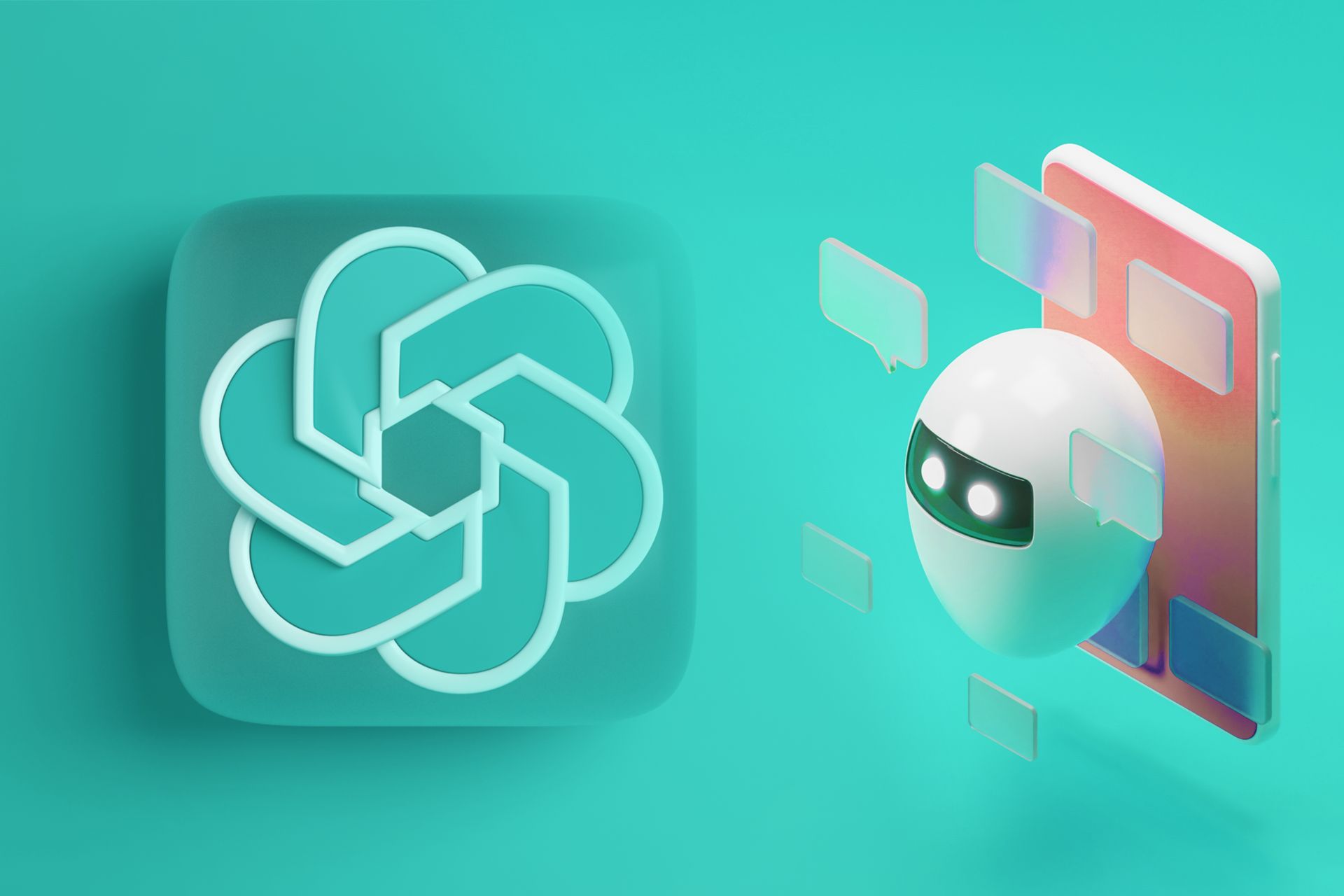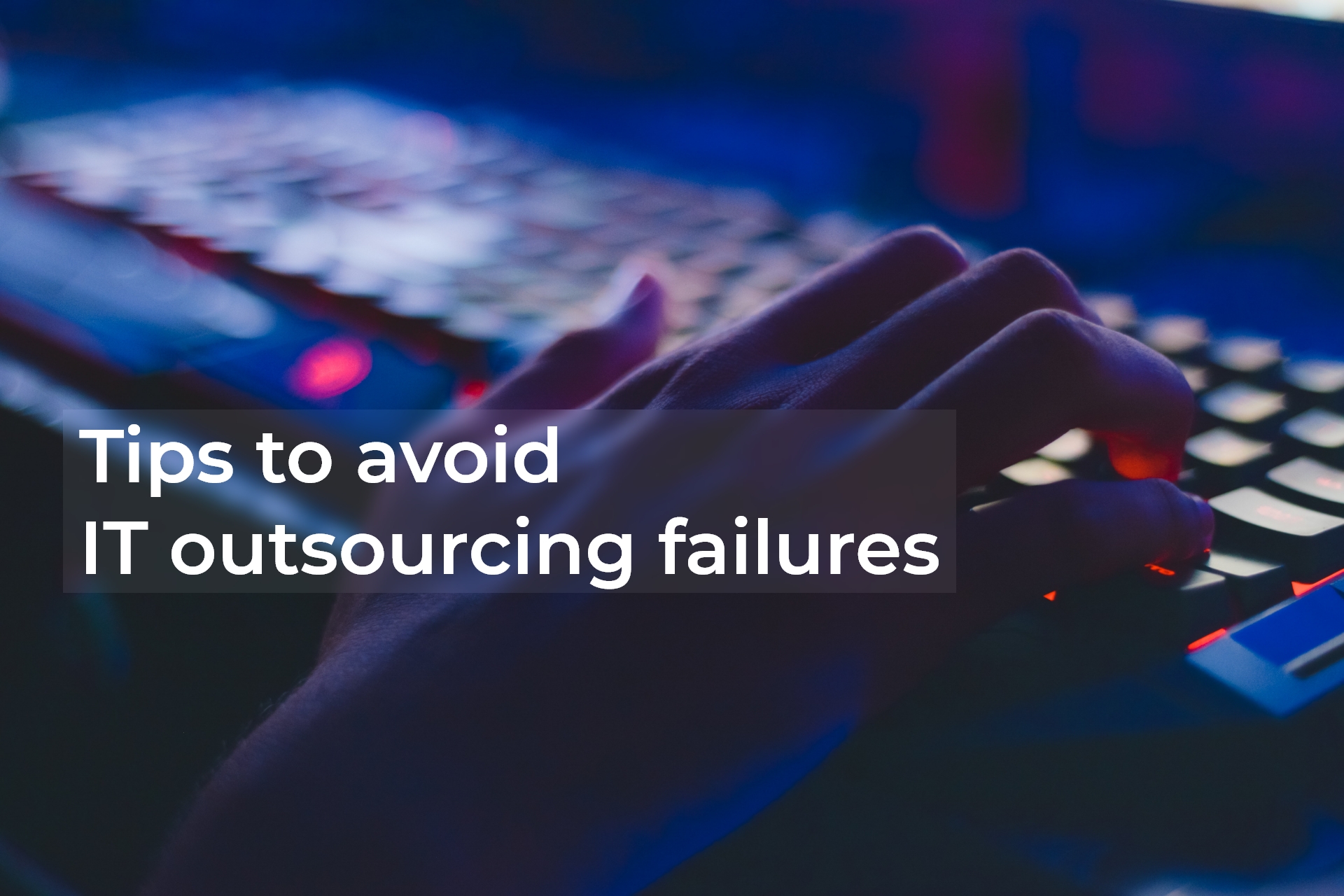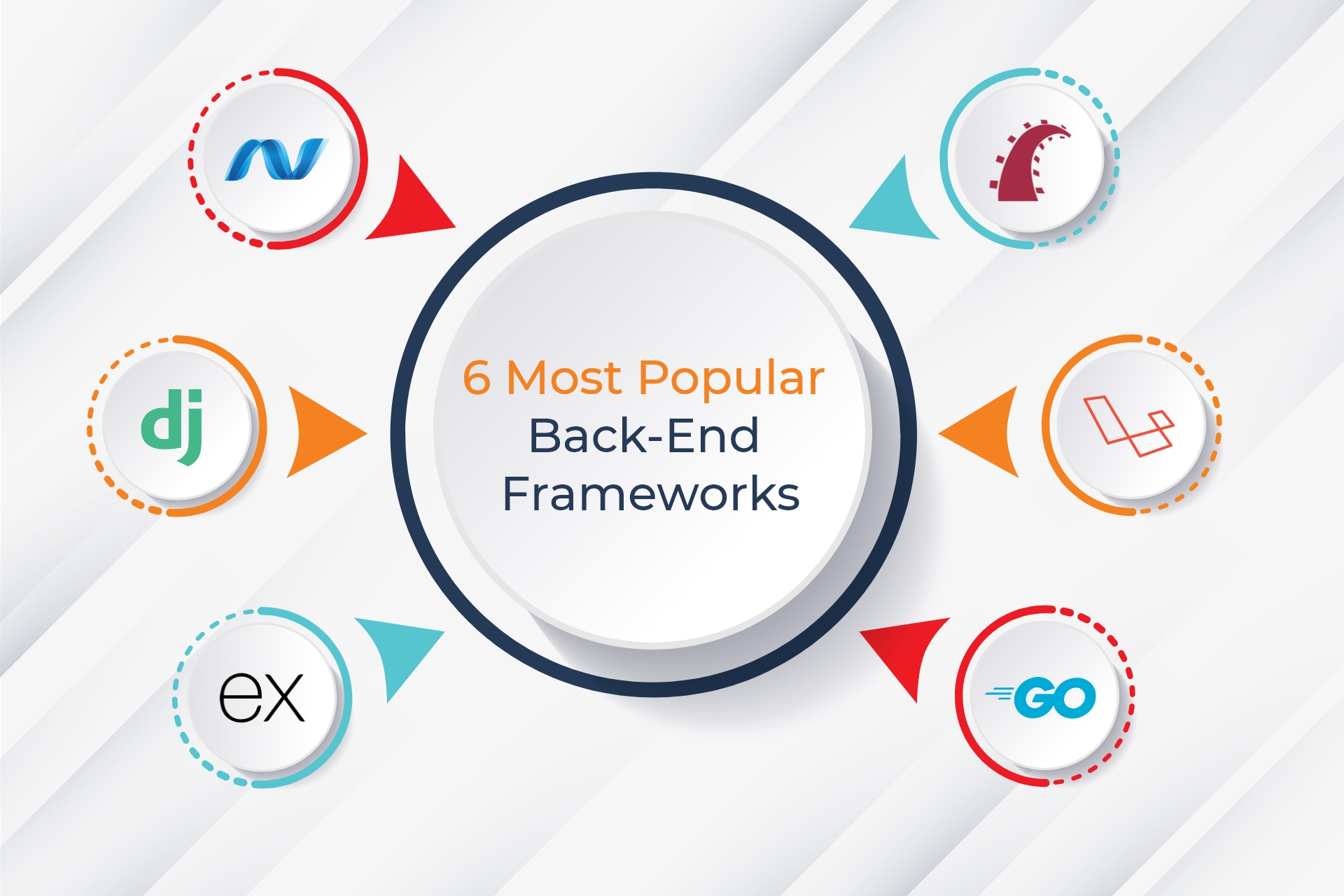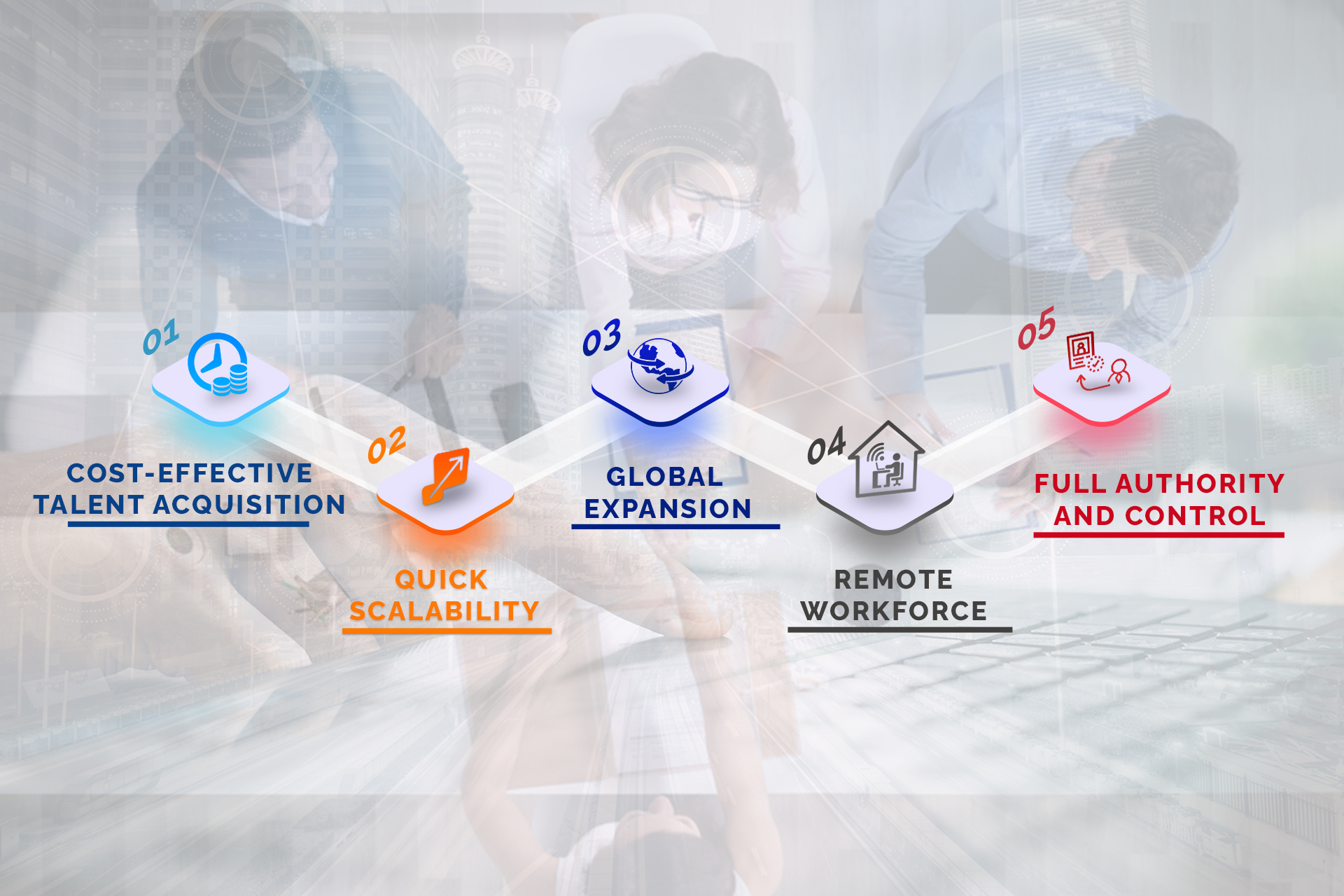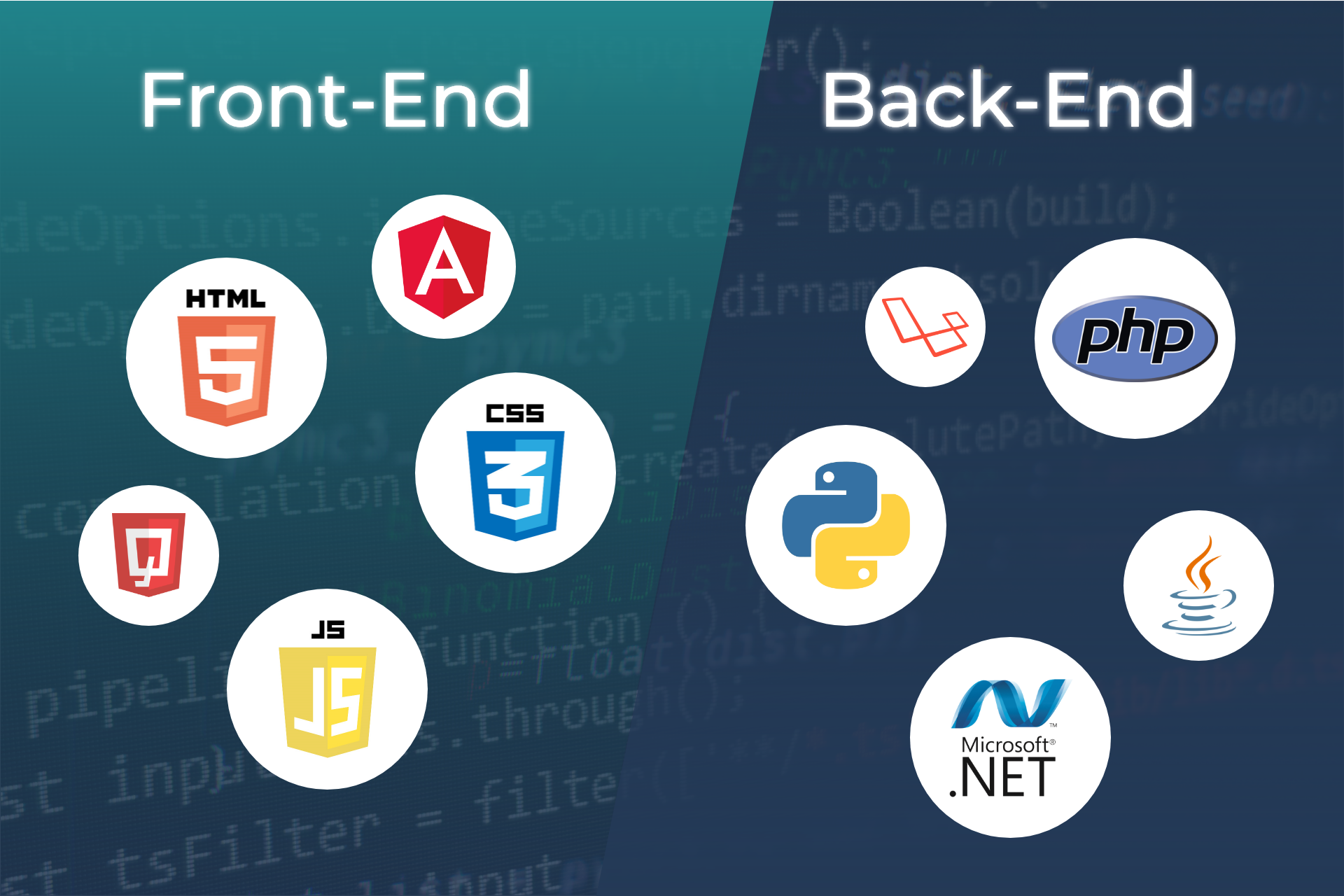
Tips for a seamless transition from an in-house IT team to an outsourced team
By Admin
The benefits of IT outsourcing are no longer a secret to businesses across the globe. The decision to shift the IT operations from an in-house team to an outsourced team can be a great move; however, if the transition is not being managed carefully, it can trigger a havoc and break down the organisation's entire IT operations.
A good outsourcing partner is a minimum need to ensure a smooth transition. Alongside an excellent outscoring partner, a few things need to be taken care of by the organisation. If you are planning to migrate your organisation's IT operations from an in-house team to an outsourcing partner, keep reading this article. We have a curated list of tips to ensure a seamless transition.
Before diving deeper into the tips for a smoother transition, let us quickly go through the benefits of IT outsourcing for businesses:
-
Cost effective.
-
Experienced professionals at your disposal.
-
Access to a large talent pool.
-
It lets you focus on core business operations.
-
It lowers the risk of failure.
If you want to read more about the pros and cons of IT outsourcing, we already have an article on what outsourcing is and why it is important in business.
Let us get back to the subject and understand how you can ensure a seamless transition from an in-house IT Team to an Outsourced Team.
Tip#1 - Establishing a common ground
Before you start handing over development resources or planning for further work, establish a common ground for where you stand. The outsourcing partner should be in absolute sync with what has been done so far, what stage you are currently in and your expectations moving forward.
Take time synchronising with the outsourcing partner, and do not try to rush through the initial set of meetings. The time invested will pay off much better than you think. Leaving gaps in understanding of the outsourcing partner can cause chaos as the project moves further.
Tip#2 - Define the interaction model right from the start
Managing an outsourced team is entirely different from managing an in-house team. You cannot micromanage at every stage. The visibility through work processes will not be as transparent as the in-house team. You will not be able to communicate directly with every person on the outsourcing team.
For a healthy and efficient interaction, you should ask the outsourcing partner to define the single point of contact along with the interaction frequency. Once it is set, you should refrain from trying to budge into their work processes. You should keep trust in the team and keep checking for milestones to be completed within defined timelines.
Lastly, you should assign a single point of contact from your organisation to communicate with the outsourced team constantly. It is preferred to have the POC from the previous in-house team, who has an in-depth understanding of your business processes and progress.
Tip#3 - Handover all the resources with proper documentation
Once you have established a good foundation and shared understanding with your outsourcing partner, it is time to move towards execution. You can start handing over the necessary development resources and progress reports only after the paperwork is done. Check the outsourcing partner's data protection and privacy policies before handing over any resources.
Along with the resources, prepare a document internally to give the outsourced team a detailed insight into the work and how it has been done. You can ask any one member of your current in-house team to prepare this document, as they were involved in the development process throughout.
Tip#4 - Set a concrete timeline for milestones
As mentioned earlier, you will not be able to micromanage the outsourced team, and you should not. One core benefit of outsourcing is saving time and using it more effectively. However, this does not mean you should ultimately be blindsided during the development process.
Set a concrete timeline for milestones and accomplishments to keep the tracking and measurements efficient. Set regular weekly or fortnightly review meetings with the outsourced team to check up on progress and give your feedback.
Lastly, if you have decided to shift your IT operations to an outsourcing partner, remember to check out IT Outsourcing offerings by MSBC Group. If you wish to learn more about our outsourcing models and work processes, feel free to reach out to us anytime!
Insights
Insights into
our World
A view of the ever-evolving digital world through our screens


















































